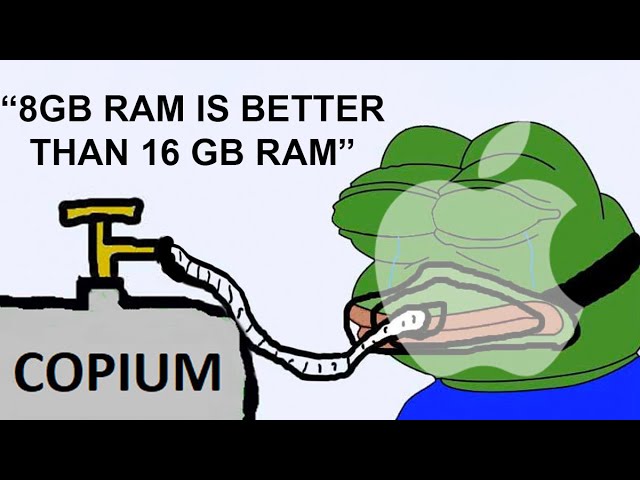https://www.tomshardware.com/news/a...-cents-per-chip-in-royalties-new-report-says#
Variations of this article are making the rounds, some more click bait than others.
TLDR;
Apple Pay’s less than $0.30 per ARM unit it ships, and the deal extends past 2040.
SoftBank tried a few times to renegotiate the deal but Apple said no and told them to take a hike.
Apple is putting more than the usual efforts into RISC-V but is still a few years out from it being a viable alternative. But Apple has threatened to make the change should ARM push too hard on upping the fees.
Variations of this article are making the rounds, some more click bait than others.
TLDR;
Apple Pay’s less than $0.30 per ARM unit it ships, and the deal extends past 2040.
SoftBank tried a few times to renegotiate the deal but Apple said no and told them to take a hike.
Apple is putting more than the usual efforts into RISC-V but is still a few years out from it being a viable alternative. But Apple has threatened to make the change should ARM push too hard on upping the fees.
![[H]ard|Forum](/styles/hardforum/xenforo/logo_dark.png)



